Gallbladder polyps are masses of cells that are seen on the inner lining of the gallbladder. Most are benign asymptomatic incidental findings (found on USG).
However, a small percentage (0.5-2%) may be cancerous. In such cases, early is key for curative treatment and long-term survival.
Types of Polyps –
1. Benign
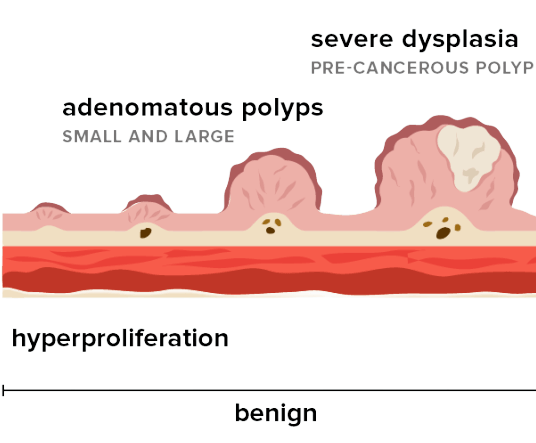
a) pseudo-tumors (cholesterol polyps, inflammatory polyps; cholesterolosis and
hyperplasia)
b) epithelial tumors (adenomas)
c) mesenchymatous tumors (fibroma, lipoma, and hemangioma)
2. Malignant- Gall-bladder carcinomas
Gall-bladder cancer is an extremely aggressive cancer. Average survival with treatment is 3-5 years. Therefore, early diagnosis in the pre-malignant stage helps prevent mortality.
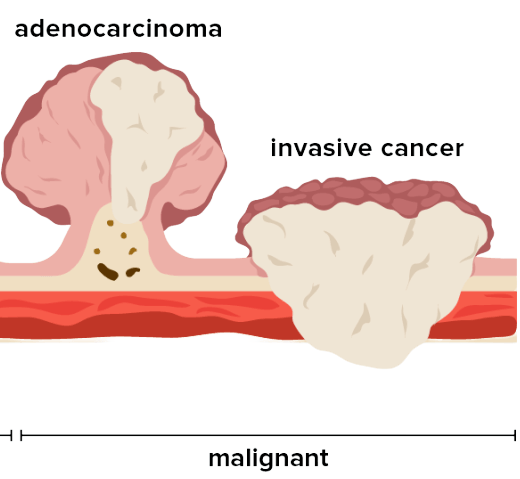
Are they harmful?
As mentioned previously, most are asymptomatic and benign; but in some cases, as a result of
mechanical obstruction in the biliary tree, they have the potential to produce.
1. Cholecystitis
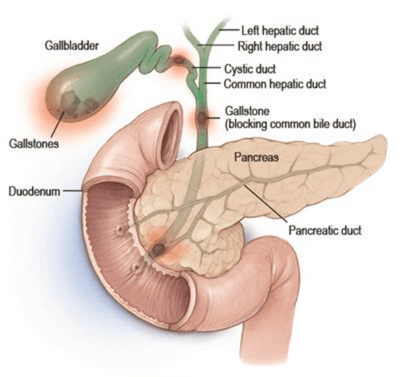
2. Cholangitis
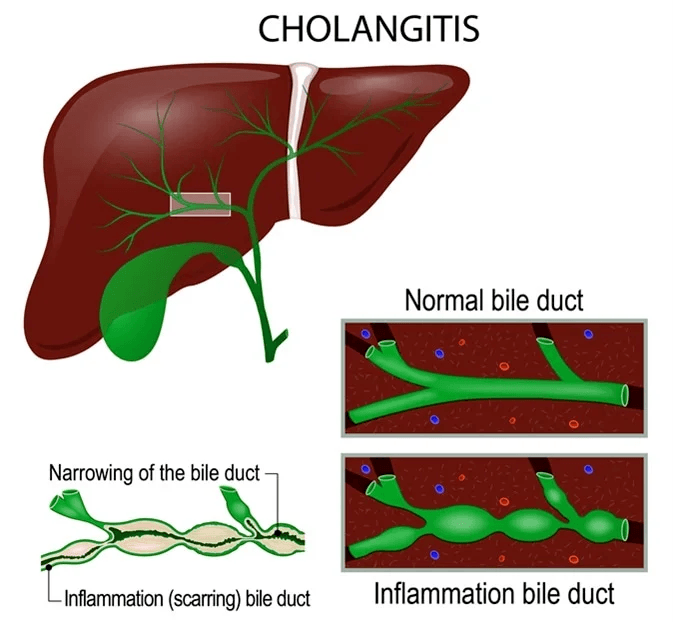
3. Pancreatitis
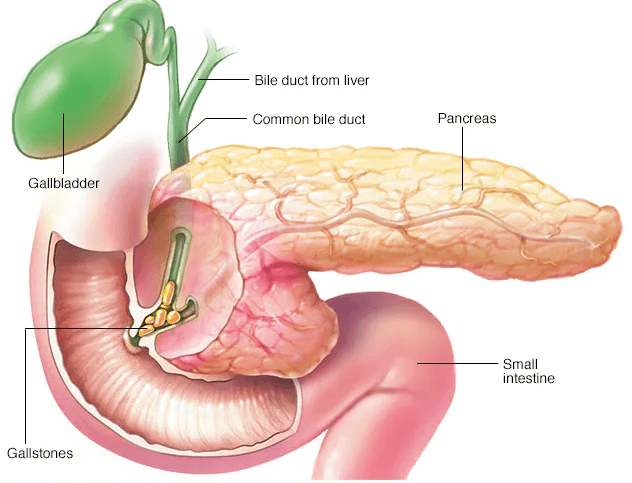
Risk factors associated with GB polyps –
1. Gallstones
2. Age over 50 years
3. High triglycerides or cholestero
4. Peutz-Jeghers or Familial adenomatous polyposis syndromes
Tests for evaluation
1. Endoscopic ultrasound
2. Trans-abdominal ultrasound
Management
1. After careful evaluation, risk assessment is done and further steps are planned
2. Low-risk or benign polyp after evaluation- Regular follow-up with a gastroenterologist
3. High-risk of malignancy- Cholecystectomy
